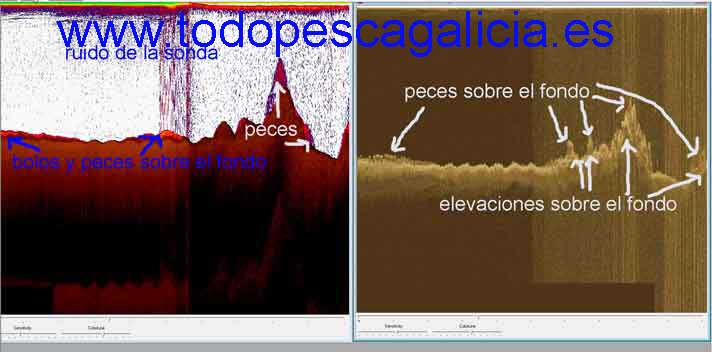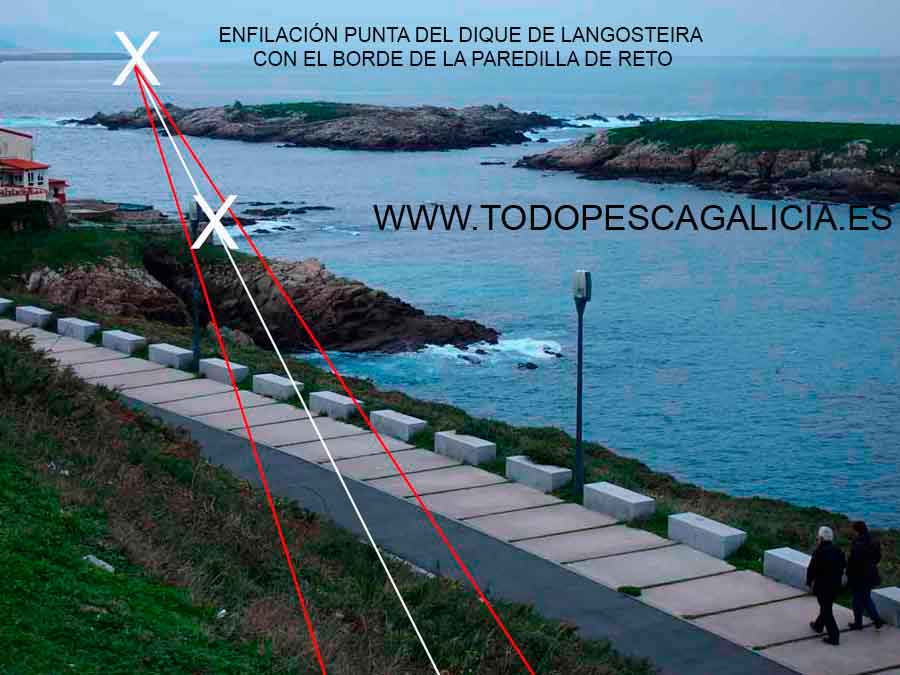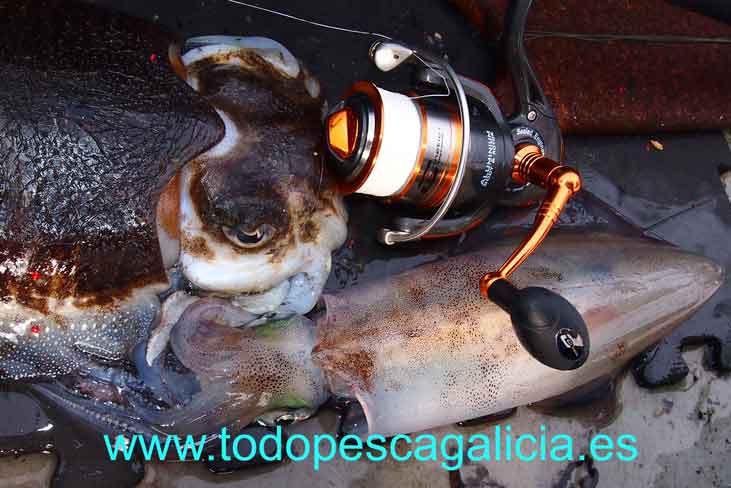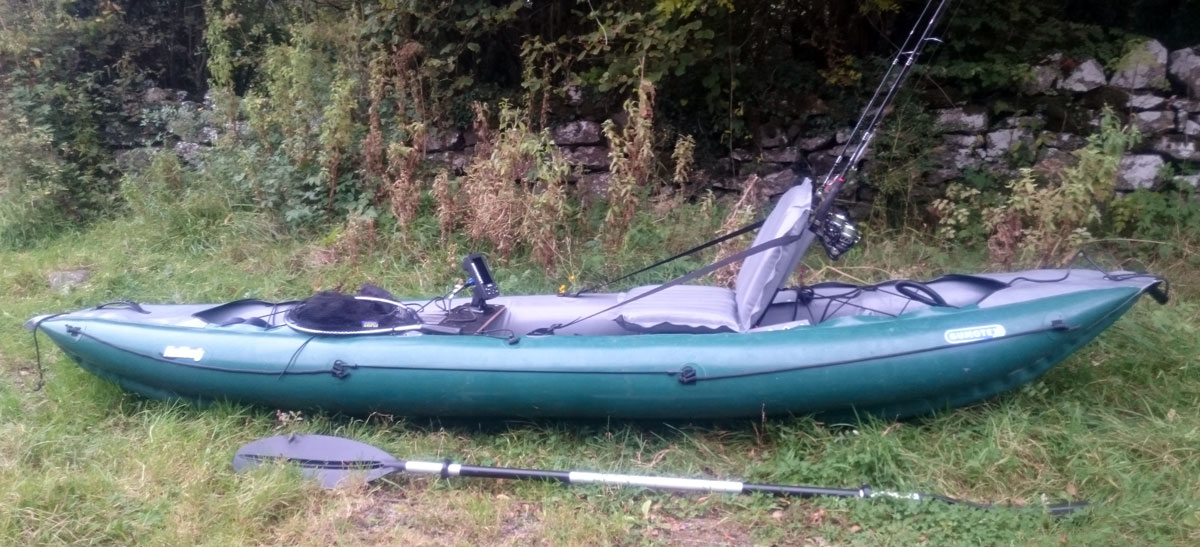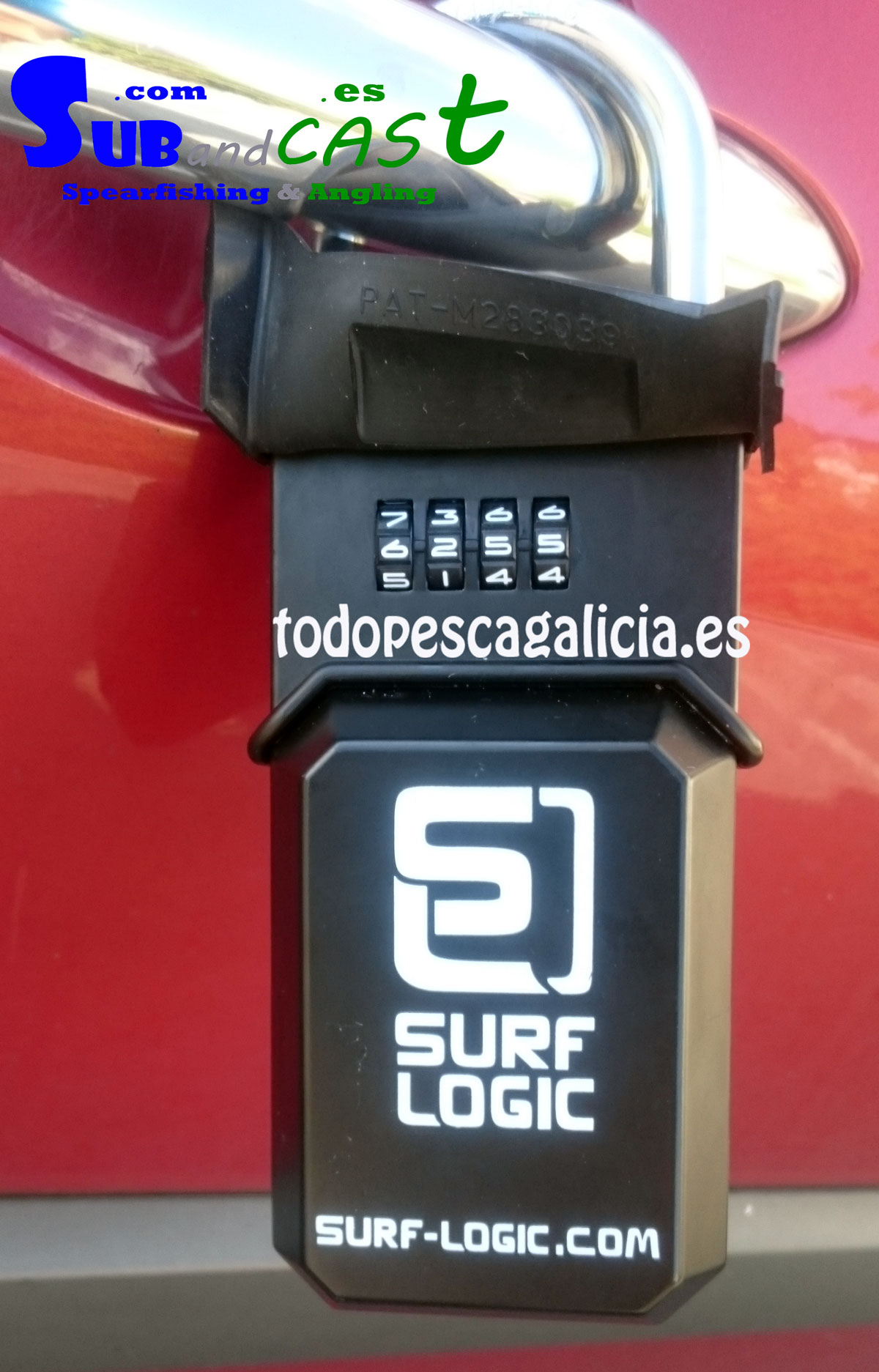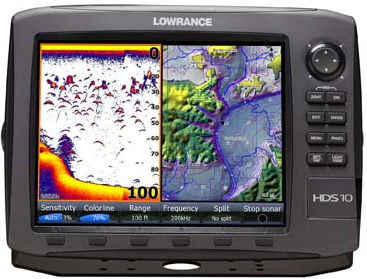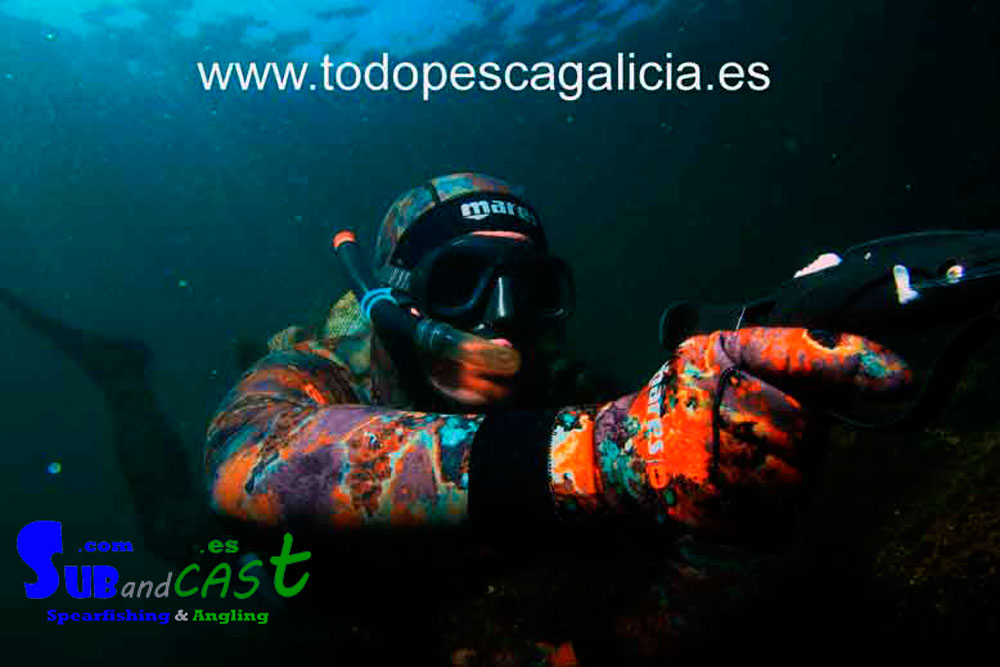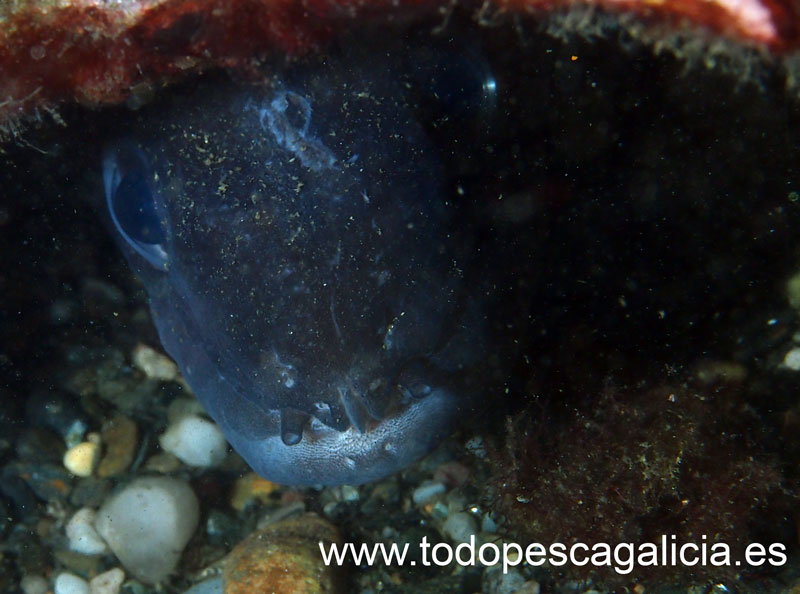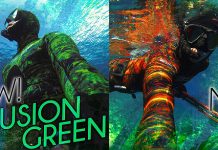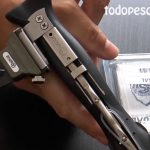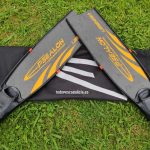Squid fishing from a drifting boat
After seeing squid fishing from an anchored boat, the most common way, today we are going to explain how to do Squid fishing from a drifting boat, which is the way I enjoy the most.
It’s about not to anchor, but arrive at a spot we know it’s good, the fish-finder shows activity or we just want to give it a try, and throw the lines. Anything else. We avoid problems with lifting the anchor, and the laziness it produces before going to a different spot. But besides that, there are more benefits, that we will see along this text.
NOT RECOMMENDED CONDITIONS FOR DRIFT-FISHING
Not any day is good for drift-fishing. Under high wind conditions the speed will be too high and the rigs will not work properly. The higher the speed, the more weight we will need to fish, and the lines will not stay vertical. They will be increasing the angle and being lifted from the bottom.
Another not recommended condition is when there are big currents, or when the wind and the current go in opposite directions. The current will pull the lines and the wind will push us in the opposite direction, increasing the relative speed and suffering the same issue than in the previous case.
 When there are commercial fishing rigs around: nets, fishing traps… With this method we will cover a big area and we can pass over them and lose our lines. Besides the economic aspect (think about some rigs with two or more baits) it’s an important and annoying lost of time.
When there are commercial fishing rigs around: nets, fishing traps… With this method we will cover a big area and we can pass over them and lose our lines. Besides the economic aspect (think about some rigs with two or more baits) it’s an important and annoying lost of time.
In areas with big depth differences. Reefs, sudden drops, another reef… Even if they can be good for catching squid, we will have to pay close attention to the length of the lines to avoid let them tangled in the bottom.
IDEAL CONDITIONS FOR DRIFT-FISHING
Without any doubt, the days without wind and with low current are the best. And if there is a little bit of swell it’s perfect, because it will give a lot of life to the baits.
Another condition we have to keep in mind is the direction of the boat’s drift. Take advantage of it to get a good position and go across of the drops in the reefs or the good spots. We see it clear in the image.
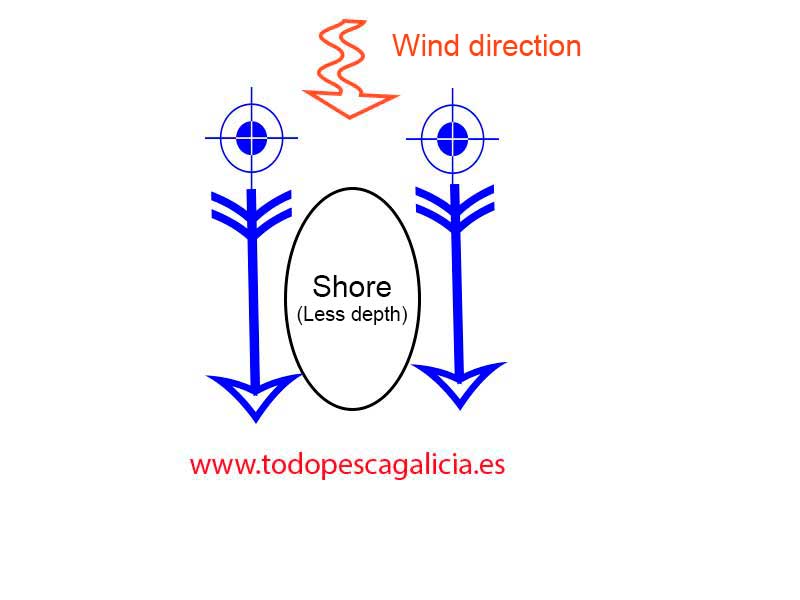 It’s very important to know the bottoms. The better we know how they are, the better benefit we will get from them.
It’s very important to know the bottoms. The better we know how they are, the better benefit we will get from them.
When the wind gets a bit strong, we should have a drogue. It’s similar to the cones we see in the airports or highways to show the wind. One big mouth, that gets reduced, and ends in a smaller hole. This will brake us during the drift. Released through one side it will put us crossed against the wind and we will be able to fish with two rods, or four if we are two people. It reduces the drift speed to almost half. Watch out if there is current, because it will pull it and it would even make us speed up (depending on its direction).
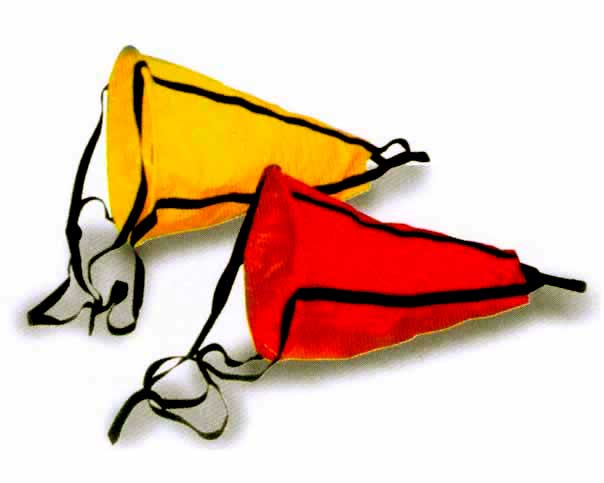
THE FISH-FINDER, INDISPENSABLE
For this kind of fishing, more than ever, the fish-finder is a must. Going with a plotter and a good set of nautical charts, marking exactly the different bottoms.
First of all, important to know well the spot we are fishing, bottoms, activity areas and be able to foresee reefs and even commercial rigs. The fish-finder will always pass over them before our lines (they are always behind due to the drift) so we will have time to lift them and adapt them to the new bottom. In the case of rigs it can also show it and we see it on time (some times is difficult).
 With the plotter and the charts we can have a general idea about the bottom, and we can orient ourselves according to that day’s drift to go across channels, reefs’ drops… We place ourselves with the plotter first, and with the fish-finder more exactly, right on the spots.
With the plotter and the charts we can have a general idea about the bottom, and we can orient ourselves according to that day’s drift to go across channels, reefs’ drops… We place ourselves with the plotter first, and with the fish-finder more exactly, right on the spots.
If we have a good equipment and we know how to use it, it can detect the squid (how to read a fish-finder). Some times the squid themselves, and other the groups of small fish they are chasing. Usually this is the most effective, scan slow and when we see it throw the lines. To start learning this, it’s very useful check the fish-finder constantly while we are practicing drift-fishing. So we will see the schools of fish or squid, and right after, the time that passes before the bites or the commercial rigs. If we pay attention and we study the echos we had previously, in a few days we will learn which ones are from squid, from schools of fish… and what do we have to look for.
THE RIGS
Actually they are almost the same as the ones we use when we are anchored. Although I always recommend to use rod and reel. The reason is that we can lift and let out the lines faster, when we find an obstacle or a reef. We can adapt better to the bottom. (Squid rigs article).
The line should be always braided and in thin diameters. I usually use 0.2 because it’s the one I have for spinning or light jigging and I use the same reels. The reason for this is that the less resistance of the line against the drift, the better. A thick line to fish with bare hands would put much more resistance, if would be lifted due to the drift and we would need more weight.
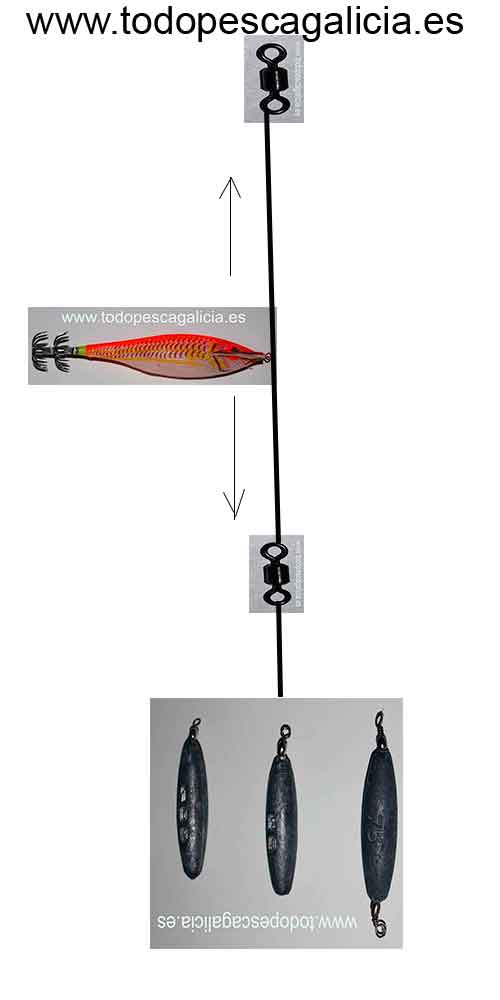
About the weight, I like to fish light. If I can, 1 gram per meter of bottom. This is, in a 50m bottom, 50gr. With braided line and light weight we have a lot of sense in the line, we feel everything, from a small rub between the weight and the bottom, to an evasive squid playing with the bait. While the drift speed increases, or the current, we will increase the weight, there is no other option.
We will always use an amount of weight which lets the rig reach the bottom.
The rig, two PAJARITOS (squid jig) and a weight in the end. Or changing the weight for a POTERA (heavy squid jig using it as a weight) We have to take in mind that the POTERA, due to the crown, puts more resistance than the weight, so it will have to be heavier.
Actually my favorite rig is this last one, with the POTERA and two PAJARITOS, but it has the inconvenient of getting tangled in the bottom easier, so in areas with a lot of changes in depth it’s easier to get tangled.
The rig will be the braided line, one swivel, a main line, I usually use fluorocarbon 33 or 35. One part of 0.70m to 1m, one PAJARITO attached through the ring without tying it, a swivel, another piece of line, another PAJARITO, another swivel and finally a thinner section of line, a 0.3 to join the weight or the POTERA. This section of thin line and less resistant is for, in the case of getting tangled in the bottom, we avoid losing all the rig and we just lose the weight or POTERA.
There are a lot of different rigs, as we have seen in the article of rigs for squid, but I like this one due to its easy and fast assembly, and also we will barely have any knots or messes.
CONCLUSION
According to my experience, drift-fishing is effective until a speed of about 0.8 knots. The ideal speed is maximum 0.3 or 0.4. We will be able to fish with more, but there are a lot of fails and a lot of squid scape.
I personally think that drift-fishing is way more effective. If we know how to detect the squid we go right over them, increasing our chances. And also, it’s not limited to staying in the same point, which some days is better and some days is worse (squid are not always in the same place, but they move a lot). We will be able to look for them in different bottoms and depths. Search the drops in the reefs and go to the flat areas, when sometimes they are there without moving.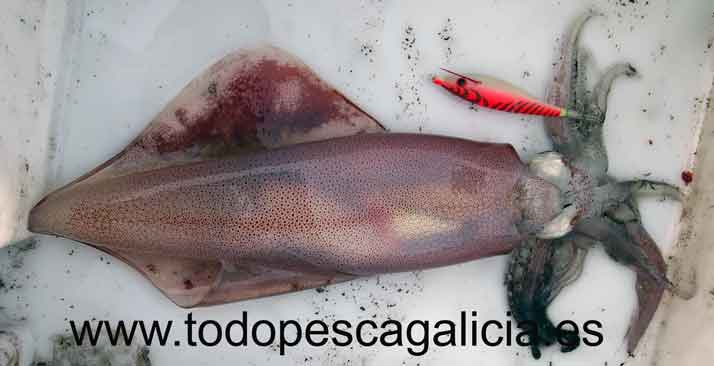
Another factor to take in mind, and which makes it very effective, is that we are moving. It’s not limited to moving the baits up and down. But we also do a little trolling with PAJARITOS moving up and down and swimming at the same time. Way more effective movement.
In the moments when they don’t bite, or not very good days, we will get to know better the spots, go away from crowded spots… Discover more sea. We even would be able to move with the school of squid, fishing more.



